JET8 has numerous International Air Transport Association (IATA) certified dangerous goods handlers, specializing in the transportation of hazardous materials such as infectious substances, including virus specimens and human blood specimens, requiring temperature control.
JET8’s Strengths in Infectious Substance Shipments
Numerous Certified Dangerous Goods Handlers!
Infectious substances such as virus specimens and human blood specimens are categorized as "dangerous goods" in international air cargo. These dangerous goods must be packaged and arranged for transport by International Air Transport Association (IATA) certified dangerous goods handlers. Jet8 has a large number of qualified personnel, making it possible to arrange for transport while adhering to legal and regulatory compliance.
Temperature-Controlled Shipment
We offer a wide range of temperature settings for shipment, including freezing (-85℃ to -75℃ / -25℃ to -15℃), refrigerated (+2℃ to +8℃), and room temperature (+15℃ to +25℃). Additionally, we provide an option for creating temperature recording reports during shipment (humidity, illumination, GPS, and other measurements are also available).
Special Containers for Dangerous Goods Available
When shipping dangerous goods such as infectious substances, it is necessary to use internationally recognized special containers certified by the International Air Transport Association. JET8 provides dedicated containers that comply with IATA standards, tailored to the cargo's dangerous goods category and volume.
International Air Transport Rules for Dangerous Goods
What is the IATA Dangerous Goods Regulations?
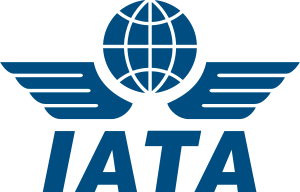
In air cargo transportation, items or substances that may pose a risk to human health, safety, property, or the environment are considered dangerous goods. The International Air Transport Association (IATA) classifies these dangerous goods into nine hazard categories and assigns them a United Nations number (UN number) in the IATA Dangerous Goods Regulations. Within these regulations, detailed rules are provided for packaging, marking, labeling, and the creation of declaration documents, among other requirements. These regulations are revised annually to ensure compliance and safety.
Classification Categories According to the Dangerous Goods Regulations
| Classification | Category | Examples |
| Class 1 | Explosives | Fireworks, dynamite, etc. |
| Class 2 | Gases | Lighters, aerosol cans, etc. |
| Class 3 | Flammable Liquids | Gasoline, adhesives, etc. |
| Class 4 | Flammable Solids | Matches, activated charcoal, calcium, etc. |
| Class 5 | Oxidizing Substances | Hydrogen peroxide, ethyl, methyl, etc. |
| Class 6 | Poisonous and Infectious Substances | Infectious viruses, medical waste, pesticides, etc. |
| Class 7 | Radioactive Materials | Radioactive isotopes, radioactive pharmaceuticals, etc. |
| Class 8 | Corrosive Substances | Hydrochloric acid, storage batteries, liquid batteries, etc. |
| Class 9 | Hazardous Substances | Dry ice, lithium-ion batteries, lithium metal batteries, formaldehyde, etc. |
Most items such as viruses and human blood specimens are categorized under Class 6, as indicated in the table above. Shipping these items without knowledge of the rules for packaging and documentation can lead to various issues, including
・Customs clearance refusal during Japanese export customs clearance and consignee-side import customs clearance.
・Cargo temperature deviations detected during customs inspections.
・Cargo seizure by customs authorities.
・Rejection of cargo loading by the airline company.
International Transportation of Infectious Substances Requires Qualified Experts!
Transporting these dangerous goods necessitates the possession of an international license for air cargo transportation procedures known as the IATA DG Diploma. This diploma allows individuals, under their own packaging or supervision, to perform the necessary packaging for the transportation of these hazardous materials.
The IATA DG Diploma is a specialized license obtained by individuals who have completed a comprehensive 4-day training program and successfully passed the final examination. It authorizes them to handle hazardous materials in aviation. Rest assured that our company has a substantial number of qualified experts, so you can entrust us with confidence.
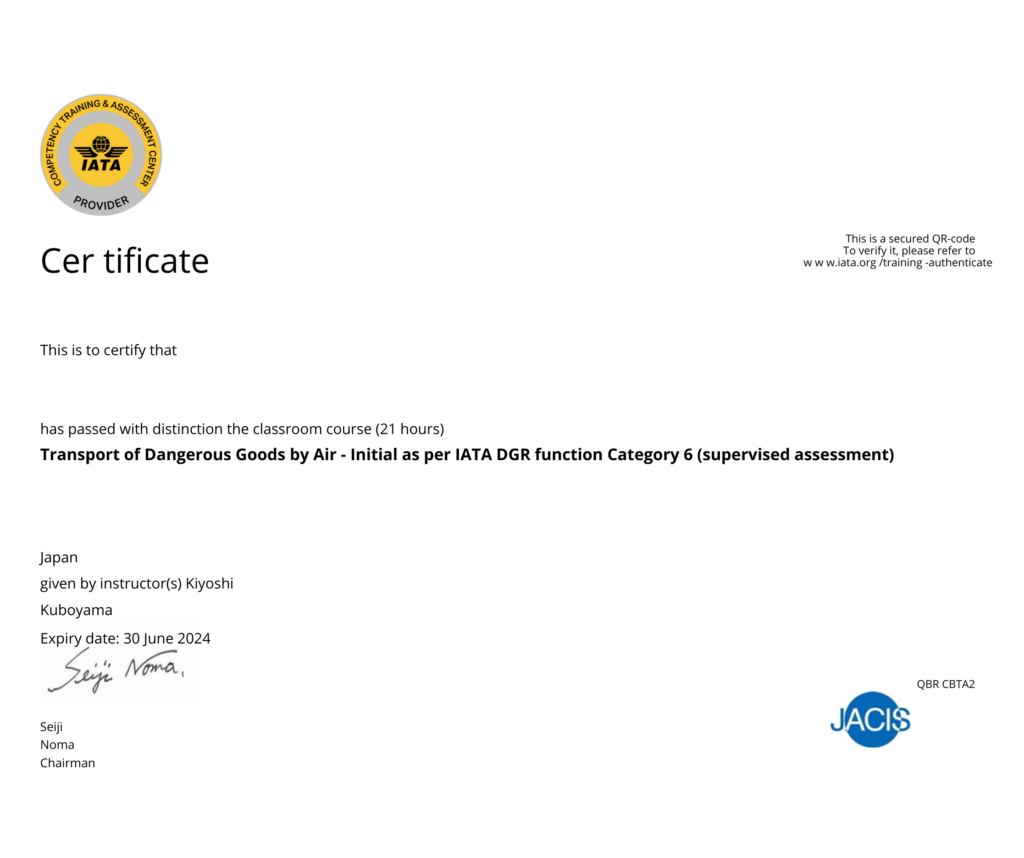
What are Infectious Substances under IATA DG Regulations?

Infectious substances fall under Division 6.2 of Class 6 in the classification according to the Dangerous Goods Regulations. "Infectious substances" refers to substances that have been determined to contain pathogens or substances that are reasonably believed to contain pathogens. The assignment of UN numbers is required to determine which of UN2814 / UN2900 / UN3291 / UN3373 / UN3549 applies.
Category A:
This refers to substances that, when exposed to, have the potential to cause permanent physical defects in healthy humans or animals, pose a threat to life, or may result in fatal illnesses.
| UN2814 | This is a substance that can infect both humans and animals, causing diseases. Anthrax bacteria, Ebola virus, plague bacteria, tuberculosis bacteria, Dengue virus, Hepatitis B virus, Human Immunodeficiency Virus (HIV), Japanese encephalitis virus, smallpox virus, rabies virus, etc. |
| UN2900 | This is an infectious substance that only causes diseases in animals. African swine fever, cowpox virus, foot-and-mouth disease virus, etc. |
Category B:
Infectious substances that do not meet the criteria for Category A.
| UN3373 | Category B refers to infectious substances other than those classified in Category A. This category also includes biologically derived substances where it is not known whether they are infectious or not. |
IATA DG Regulation-Compliant Packaging Containers for Infectious Substances
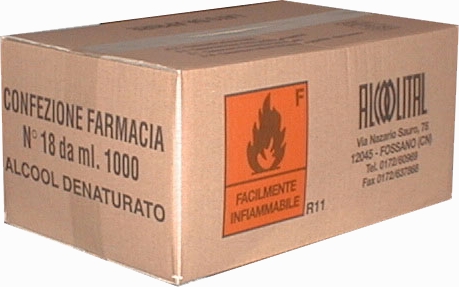
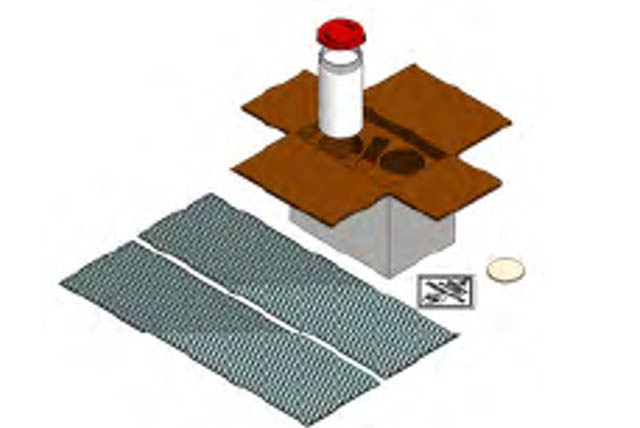
When transporting infectious substances, it is necessary to follow the rules of the Dangerous Goods Regulations and perform triple packaging, which includes:
・Primary Leakproof Container
・Secondary Leakproof Container
・Outer Packaging Container with Sufficient Strength
At JET8, we provide IATA DG Regulation-compliant containers that have undergone durability testing.
We also take care of external labeling and the dangerous goods declaration for you.
We understand that proper labeling of the outer packaging is essential. In addition to the usual international shipping documents such as the Air Waybill (AWB) and Invoice, a dangerous goods declaration is also required. If you entrust us with this task, our qualified IATA DG Diploma holder can guide you through the entire process, from arranging packaging materials and labeling to creating additional documentation. Our goal is to ensure that you can focus on your business without being burdened by the complexities of these procedures and preparations.
Shipping Examples
For National Research Institutions - Collaborative Research
Category A Virus Samples - Frozen Import/Export
During the global COVID-19 pandemic, we have handled numerous frozen transportation cases of coronavirus between Japan and the United States. We possess specialized containers for Category A samples and will arrange for pickup. We also offer support for virus declaration documents.
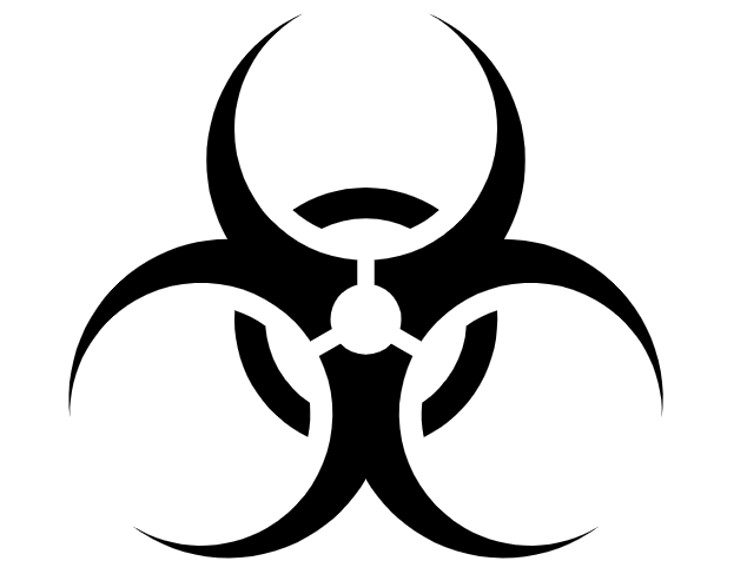
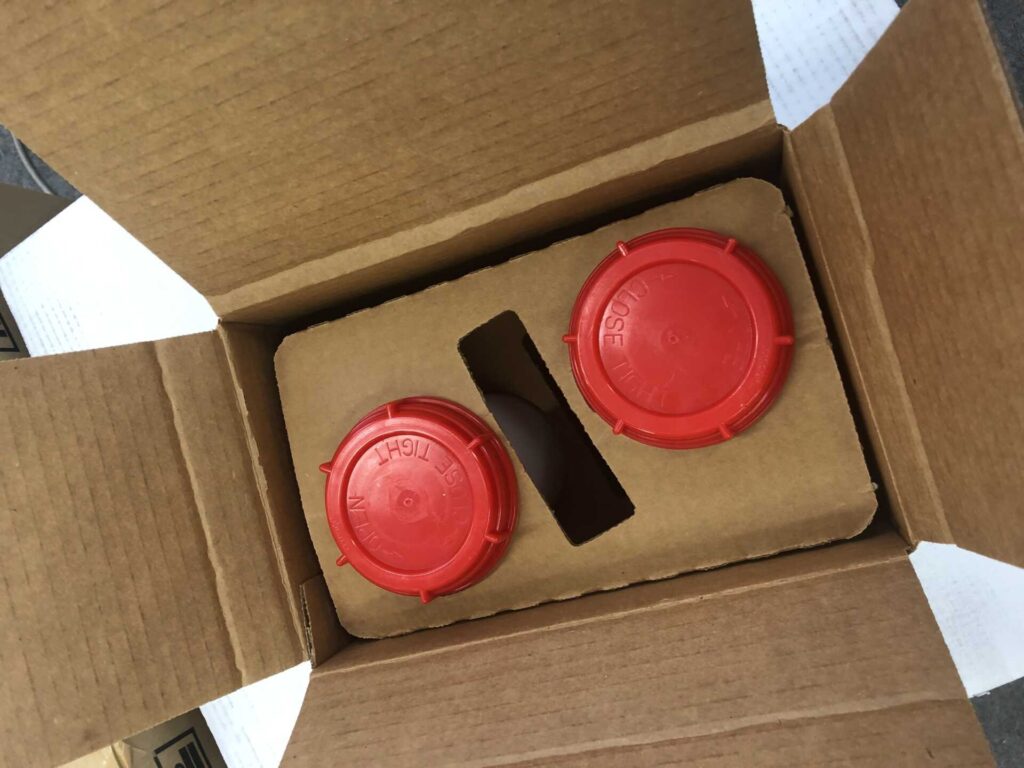
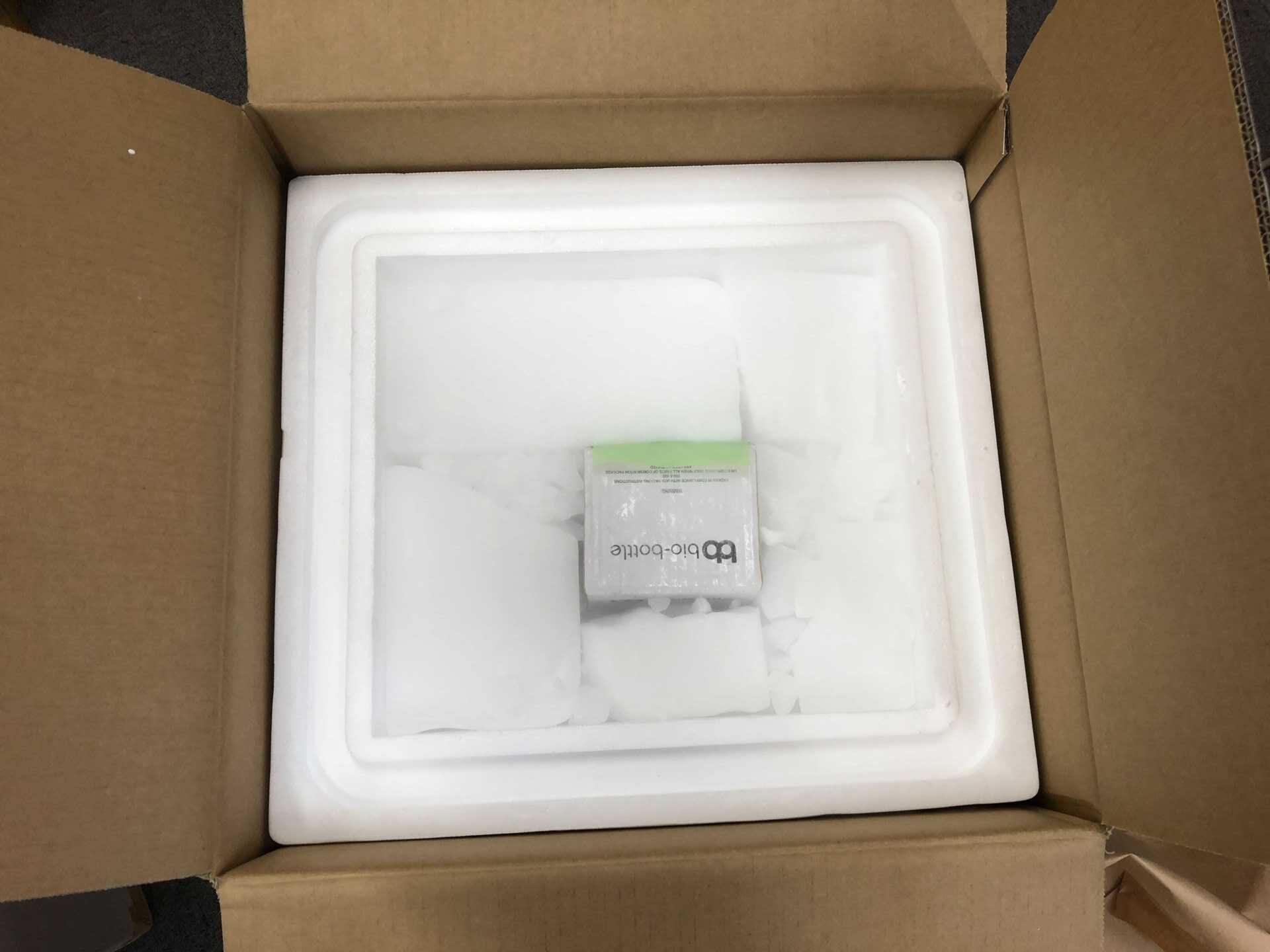
We will propose services tailored to your needs. Please feel free to contact us.
